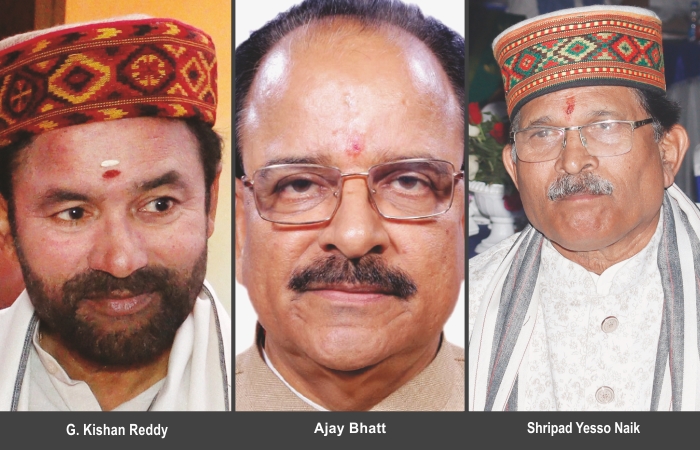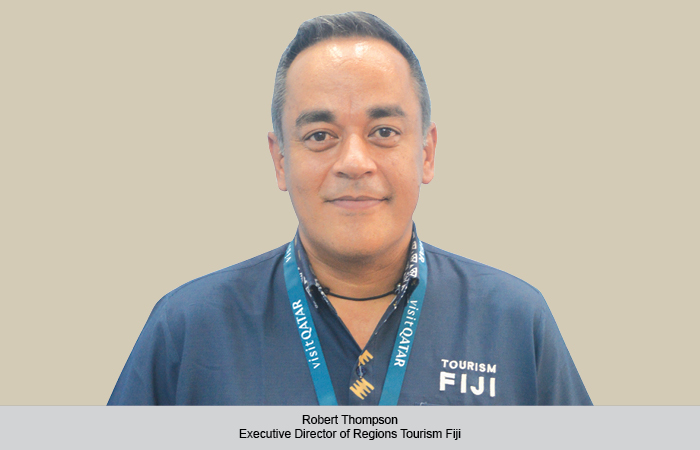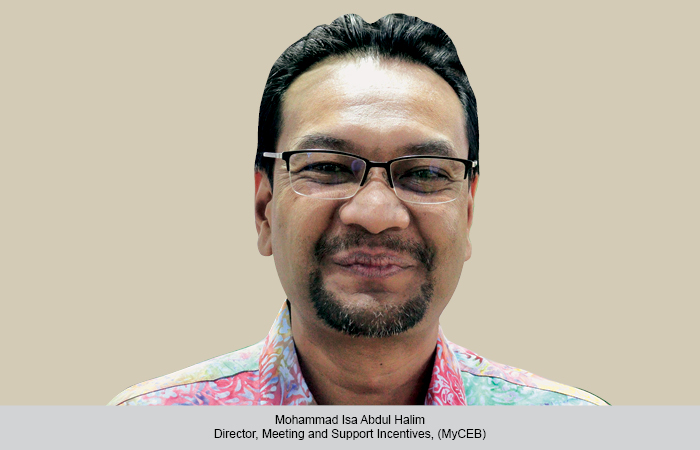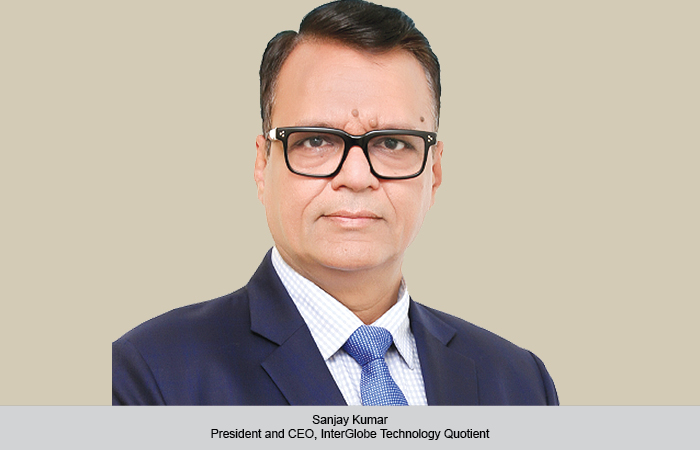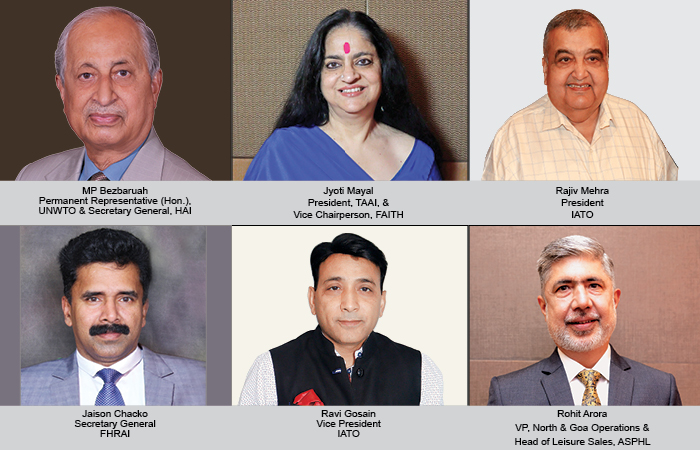The 4th and final Tourism Working Group (TWG) meeting under G20 concluded in Goa recently, which deliberated on five priority areas for this year. G. Kishan Reddy, Union MOT, Culture and DoNER, along with Ministers of State Ajay Bhatt and Shripad Yesso Naik, Goa CM Pramod Sawant and Tourism Minister Rohan Khaunte graced the occasion.
TT Bureau
The 4th Tourism Working Group (TWG) meeting under G20 was hosted by the Ministry of Tourism in Goa from 19-21 June. All three tourism ministers were present at the inauguration — G. Kishan Reddy, Union Minister for Tourism, Culture and DoNER, along with Ministers of State Ajay Bhatt and Shripad Yesso Naik. Pramod Sawant, Chief Minister, Goa and Rohan Khaunte, Minister of Tourism, Goa, also graced the occasion.
Inbound sees high
Reddy, in his address, said that foreign tourist arrivals in India after COVID-19 have increased. Foreign tourist arrivals from January to April 2023 was 166 per cent higher than the arrivals registered during the same period last year. India is expected to recover its inbound travel to pre-pandemic levels in 2023. “The final TWG meeting will provide us all, action points and recommendations for national and other governments, and other tourism stakeholders, to act upon and achieve sustainable development goals (SDGs). Currently our Indian government has two priorities: sustainable infrastructure creation, to cater to the growing needs of the tourists, and raising awareness among the tourists, for responsible consumption and adoption of an environmentally conscious lifestyle, and through the launch of the G20 Tourism and SDG Dashboard, a legacy has been created. The dashboard being developed shall promote policies and initiatives by the G20 countries, and guest countries in building a more sustainable, inclusive, and resilient sector.”
Yesso Naik added, “The well-developed tourism infrastructure along the coastal areas and water bodies combined with favourable weather conditions aid in promoting adventure tourism in the country, as is evident in the growing popularity of the segment among domestic and foreign tourists. The National Strategy for Adventure Tourism has been launched to position India as a preferred adventure tourism destination and help adventure tourism grow in the country. This strategy focuses on developing adventure destinations, promoting safety in adventure tourism, skill development, capacity building and marketing. The Goa Roadmap for Tourism builds on the efforts of the G20 TWG in the past three years and shall be a key guiding tool for creation of a sustainable, inclusive, and resilient tourism sector.”
Ajay Bhatt, Union Minister of State for Defence and Tourism, said “The Global Tourism Plastics Initiative brings the travel industry together for achieving a unified goal, that is to eradicate plastic pollution at its source. This requires collaborative and dedicated efforts from governments, industry players and other tourism stakeholders, thereby promoting sustainable tourism practices within the tourism industry.”
Cruise tourism in focus
The event saw a thematic discussion on ‘Making India a hub for cruise tourism’, where discussions happened on successful practices of cruise tourism promotion and development, development of river cruising, and way forward in developing cruise tourism. Reddy unveiled ‘Draft Strategy-Vision and Integrated Cruise Tourism Strategy for India’ at the side event. He said, “Indian government is making all the efforts to encourage and improve the cruise tourism and is working with whole of the sector approach.” He said that that the government is working to ensure that in the coming days anyone can enjoy the experience of cruise tourism. We are coordinating with the various ministries, state governments, international organisations, stakeholders and industry to bring about a revolution in cruise tourism. We have a coastal line of more than 7,500 km, which we can explore through cruise tourism.”
He claimed that India’s long coast is not only a key lever for building trade and growing exports, but also an opportunity to promote tourism, and India’s long and scenic coastline provides access to several ports, natural beaches, and beautiful Islands. “The cruise passenger traffic grew from 1.26 lakh in 2015-16 to 4.68 lakh in 2019-20. Cruise vessel traffic increased from 128 in 2015-16 to 451 in 2019-20. Today 73 per cent of cruise travellers are sailing with family members, which represents at least two generations,” he informed.
Reddy also highlighted that the Central Financial Assistance Scheme has been supporting tourism infrastructure development for developing ports and cruise terminals, development of lighthouses, purchase of ferries, development of river cruise circuits. “Ministry of Ports Shipping and Waterways is also working towards the development of dedicated terminals for cruise passengers and cruise vessels. A dedicated task force has been formulated on cruise tourism jointly by Ministry of Tourism and Ministry of Shipping. Waterdromes at 16 locations are being developed to enable sea-plane operations and are also aiming at domestic and international cruise terminal development at selected ports by 2023,” he claimed.
Yesso Naik said that the event has shed light on the immense potential that cruise tourism has and its achievement across the world. “Cruise tourism holds immense potential not only for Goa tourism, but also for the entire country, as it provides employment opportunities, add to tax revenue and fosters economic growth,” he said.
Addressing plastic problem
The second side event was organised on the theme ‘Towards a circular economy of plastics in tourism – The global tourism plastic initiative’, where Reddy said, “Indian philosophy and lifestyle have always been rooted in the concept of coexistence with nature and we belong to a civilisation where sustainability and environment protection is an integral part of our ethos. Sustainability is a key driver of conscious and responsible hospitality and when we talk about sustainable tourism, people and planet first; decarbonization of destinations; empowering entrepreneurs should be prioritised. There are approximately 30,000 Yuva Tourism Clubs in India, with membership ranging from fourth-graders to college students and these clubs will promote responsible tourism practices, renew interest in sustainable tourism, re-emphasise the initiatives of Ek Bharat Shreshtha Bharat and Dekho Apna Desh.”
He said, “MOT’s National Strategy for Sustainable Tourism and Swadesh Darshan 2.0 initiative have laid down the guidelines for management of plastic waste in the tourism sector. The G20 countries together should take concrete steps to contribute to reducing plastic with the ethos of mindful and sustainable consumption.”
MOT signed an MoU with Airbnb to jointly promote heritage homestays as well.
 TravTalk India Online Magazine
TravTalk India Online Magazine

